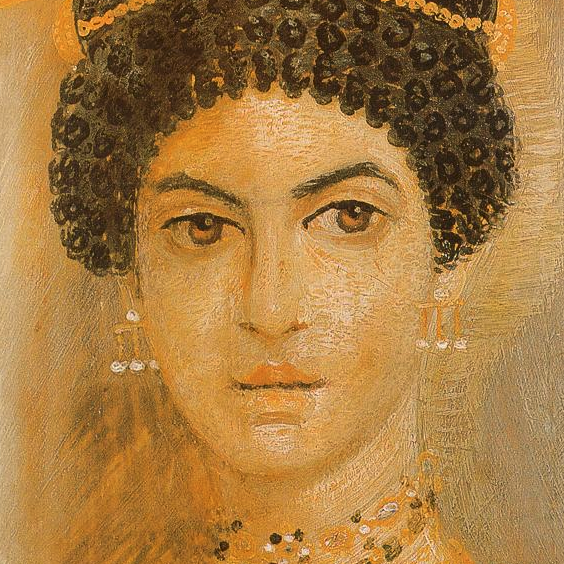I get a steady stream of offers of books to review, most of which I turn down. I don’t have enough time to read the books I already have on my list without adding more to them. But this one looked interesting. It is Sibyls by Jorge Guillermo of whom I haven’t heard before. I imagine that the reason it was offered to me was that I have done some blogs that are sympathetic to paganism. They had quite rightly guessed that I would be interested in the subject matter. I should point out though, that I am not actually a pagan.
I think Jorge Guillermo has at least a soft spot for paganism too, though he seems to be a believer in at least some of the tenets of Christianity as well albeit critical of the church itself. Maybe he is some sort of pagan-christian hybrid. Or perhaps he is an atheist who simply takes a sympathetic view of his subject matter. If so, it was a good choice. I found the perspective of basically accepting the premise that the Sibyls genuinely had prophetic powers they claimed was a better way of understanding them than being more detached, analytical and skeptical.
But I am getting ahead of myself. The Sibyls were women who were believed to have the gift of being able to communicate with the gods and who were authorised to reveal a certain amount of what the future held. The most famous was the Oracle at Delphi, but there were three other major ones.
The story as Guillermo tells it is that in immediately pre-historic times the prevailing cult in the Middle East, Mediterranean and Europe was one where the predominant deity was the Earth Mother – known in Greek as Ge or Gaia. The name still appears in earth related words like geography and geology. This emphasis on the Earth Mother was pervasive. And its echoes still persist. We still refer to Mother Nature. One feature that lasted for a while was the institution of female prophetesses. There are female prophets in the Bible like Miriam and Deborah – and they were likely to be found in other cultures too.
The book gives us some details of how the whole thing worked. The seer was induced into an ecstatic state and wrote down predictions on leaves. (That wasn’t too unusual at the time.)
The predictions were taken extremely seriously and would be sought for any major project. The Athenians took the Oracle of Delphi’s advice into account when they were fighting the Persians. The Romans invested a considerable sum in purchasing a set of books of sibylline prophecies which were kept in the temple of Jupiter in the centre of the city and referred to at times of crisis. The fees from these consultations along with the associated tourist trade made oracles hugely profitable.
The rise of Christianity didn’t immediately displace the role of the Syblis. In fact one of them was supposed to have predicted the arrival of Jesus Christ directly to the emperor Augustus the day it actually happened. This prediction was believed by St Augustine amongst others. There was even an attempt to create a new set of specifically Christian Sybils. Guillermo is scathing about this, but it does show just how much prestige the institution of female prophets still was even that late in history.
But ultimately this attempt to create a new compliant prophetic tradition died out. By the time we get to historical accounts of the Sibyls, men had already taken over most of the roles in the prediction business, and certainly made sure that they got control of the cash. So it would probably be naive to imagine that the Sibyls were able to wield too much influence on their own account. But nonetheless, it was a role where women were in principle able to act independent of men and had to be taken seriously. When that was lost I don’t think it too fanciful to imagine that gender equality took a step backwards.
Should you read this book? It is well written and entertaining, so I would say yes. But I have to add the caveat that it is a popular book not an academic one and I’d hesitate to recommend it for serious study.

